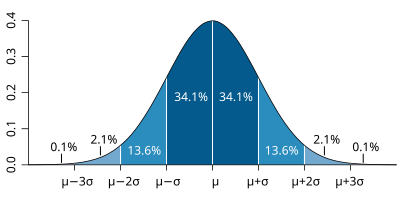You probably do suck, but that's a separate issue.And my point is it seems like a whole lot of gaslighting. I may have used the wrong example to get my point across but I will again state my point which is the accuracy numbers they use in there podcast dont match my experience.
But I can admit when Im wrong you all have converted me all the hard work i have put in is pointless. My hit percentage is because of my rifle not the fact that I suck. It will make my whole life easier when I lower my expectations, and the way they do load development is stupid easy so I should just do that too.
I dont have access to the applied ballistics software right now but if someone does id be intrested to see the difference in hit percentage between a 3/4 moa rifle and a 1 1/2 rifle at 600 with a 10 mph wind. Hornadys may have just single-handedly explained why Im not national champion.
Saying your hard work has been pointless tells me your on the defensive. It's hard to learn in that mindset. They're saying don't let our ego blind us to the reality that a field match gun, shot positionaly (is that a word), & occasionally shot from a bench with a sloppy Ckye pod & rear bag won't shoot .3's all day. It shouldn't That's not our game (PRS was the context).
It was a good pod cast. They never said you have to shoot 20 round load development groups & I damn sure won't be. However when I get a load I like I am going to run 20 to true zero & have a come to Jesus reality check on my hit probability i.e. moa @20 rounds.
Ledzep aid he tomato stakes the barrel if it won't shoot reasonably tight in load development. That's kind of where I'm at too. He's surely gone through far more barrels than I have, but in my experience a good barrel isn't hard to find a load for. I'm not chasing my tail & burning components trying to make a turd shoot.
Sparkey's last question 3/4 vs 1-1/2moa could be night and day at 600y depends on target size.
I picked up on what I think is an important point that wasn't really brought to light in the podcast. It applies to my last two statements.
Caveat: This does not apply to Zero. No short cut there.
For Software hit probability purposes the ES of the group size for the half minute gun is .7" for the 3 shot group.
The 1 minute gun has a 3 shot group ES of 1.4" & requires a 30 shot group to achieve a group ES of .79 i.e. close equivalent predictive accuracy.
The graph used in the podcast is a little misleading since it's scaled to show at the same size. The 1 moa gun graph is condensed by over 100%, if it wasn't the group ES dispersion disparity would be a lot more obvious.
If your gun shoots 1 moa 3 shot groups tomato stake that POS.
1 moa 20 shot barrel is certainly workable. Problem is we all speak different languages when it comes to the moa of our rig.
The same data sets used below to show the value of high shot groups can be reversed in our favor.
So if I want to develop a load using 4 different projectiles & 4 different powders at multiple charge weights there's no need to burn out the barrel. I am about to do this for a 22GT.
Per stats below if I toss any 3 shot load over say .6 and short list anything shooting .4 or less for more testing. Anything that'll maintain a .4 avg 3 shot group, statistically should not exceed .72" for a 20 shot zero.
Another take away I hadn't realized before is that the group size ES is statistically worse for a 10 shot group than a 5.


